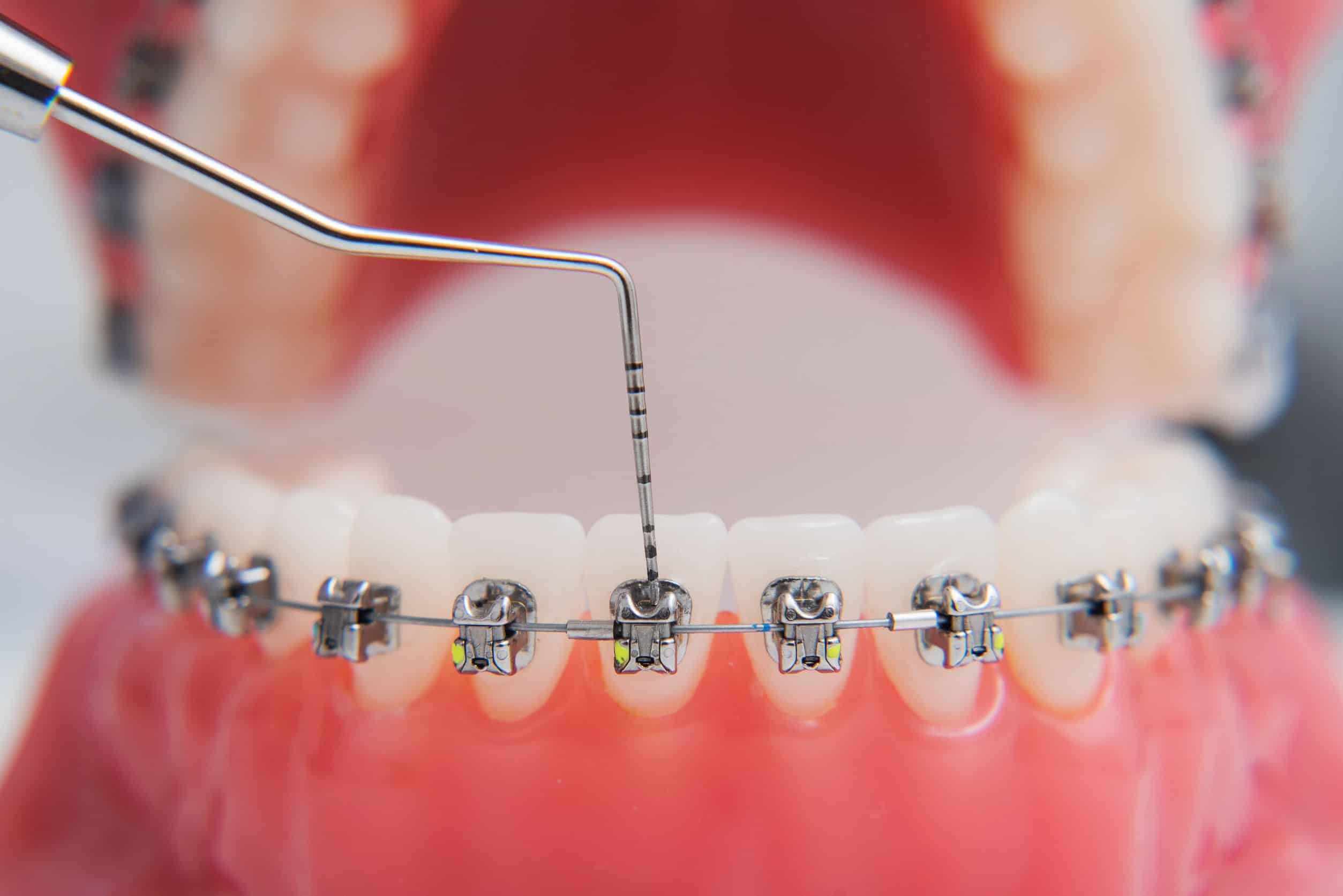The Of Legacy Orthodontics
Table of ContentsLegacy Orthodontics Fundamentals ExplainedLegacy Orthodontics - The Facts6 Simple Techniques For Legacy OrthodonticsThe Greatest Guide To Legacy OrthodonticsThe Main Principles Of Legacy Orthodontics
In enhancement, we offer flexible treatment timetables, adaptable settlement options and an enjoyable, enjoyable experience.An orthodontist is a dental practitioner trained to detect, stop, and treat teeth and jaw irregularities. Orthodontists function with people of all ages, from youngsters to grownups.
Malocclusion, or misaligned teeth, can lead to oral problems, consisting of dental caries, gum tissue illness, and tough or unpleasant chewing. Not everybody is born with straight teeth. If you have a negative bite or huge rooms between your teeth, you may wish to get in touch with a dental expert focusing on orthodontic care.
Excitement About Legacy Orthodontics
( Picture Credit Scores: DigitalVision/Getty Images) Orthodontists make use of fixed and removable oral devices, like braces, retainers, and bands, to alter the setting of teeth in your mouth. Orthodontic treatment is for dental problems, consisting of: Misaligned teethBite problems, like an overbite or an underbiteCrowded teeth or teeth that are too much apartJaw misalignmentThe goal of orthodontic treatment is to boost your bite.
While you could believe of orthodontists as mainly for kids or young adults who need braces, they can correct oral problems at any type of age. Orthodontists attend college, oral college, and orthodontic school.
, yet not all dental professionals are orthodontists. They concentrate on two locations: Exactly how to correctly and securely relocate teeth How to effectively direct growth in the teeth, jaw, and faceOnce an orthodontist has actually completed training, they have the option to come to be board licensed.
Some Of Legacy Orthodontics
Misalignment, or malocclusion, is the most typical reason people see an orthodontist. It is hereditary and is the outcome of size distinctions in between the top and lower jaw or between the jaw and teeth. Malocclusion brings about tooth congestion, an irregular jaw, or irregular bite patterns. Malocclusion is normally treated with: Your orthodontist affixes metal, ceramic, or plastic square bonds to your teeth.
If you have just minor malocclusion, you may have the ability to make use of clear dental braces, called aligners, as opposed to traditional braces (https://www.cybo.com/US-biz/legacy-orthodontics_2w). Some individuals need a headgear to help relocate teeth right into line with pressure from outside the mouth. After braces or aligners, you'll need to use a retainer. A retainer is a custom device that maintains your teeth in area.
They're frequently utilized on kids. They can produce additional area in the mouth without needing to pull teeth. If you have a severe underbite or overbite, you may need orthognathic surgery (additionally called orthodontic surgical procedure) to lengthen or shorten your jaw. Orthodontists use cords, medical screws, or plates to support your jaw bone.
You might need to see an orthodontist if you have: Crowding or otherwise adequate space for all of your teethOverbite, when your top teeth come your bottom teethUnderbite, when your base teeth are also far forwardSpacing or issues with gapsCrossbite, which is when your top teeth fit behind your bottom teeth when your mouth is closedOpen bite or an upright space in between your front base and upper teethMisplaced midline, when the facility of your base and upper teeth do not line up Fixing an oral malocclusion can: Make biting, eating, and talking easierImprove the proportion of our face and your general appearanceEase pain from temporomandibular joint problemsSeparate your teeth and make them simpler to clean up, helping stop dental caries or cavities It's commonly a dentist that initially notifications misaligned teeth throughout a regular examination.
Things about Legacy Orthodontics

During your initial orthodontic examination, you'll likely have: An oral examPhotos taken of your face and smileDental X-raysPanoramic (360 degree) X-rays of your face and headImpressions to develop mold and mildews of your teethThese tests will certainly help your orthodontist understand just how to wage your therapy. leesburg braces. An orthodontist is a dental expert who's had training to treat your teeth and jaw
An orthodontist is focused on your bite, so something like a damaged tooth would certainly be dealt with by a dental practitioner. Orthodontists are focused on your bite, or the way your teeth fit with each other, and the straightness of your teeth.
Ever before wondered exactly how celebs constantly appear to have flawlessly aligned teeth? The answer often lies in the competent hands of an orthodontist. What precisely does an orthodontist do? Orthodontists are dental specialists that concentrate on correcting abnormalities in the teeth and jaws. Their competence surpasses simply producing a stunning smile; it reaches boosting your total oral health and feature.
The Only Guide for Legacy Orthodontics

, orthodontists have a visit this site varied toolkit at their disposal. These tried-and-true braces make use of a system of brackets adhered to the teeth and connected by cords.
Clear aligners, like Invisalign, are a preferred choice for patients seeking a much more very discreet treatment option. These removable trays are tailor-made to considerably shift the teeth's placement. Headgear might be utilized along with braces or aligners to apply added targeted pressures, particularly for fixing jaw disparities. In cases of narrow jaws, palatal expanders can be used to produce area for appropriate tooth positioning.